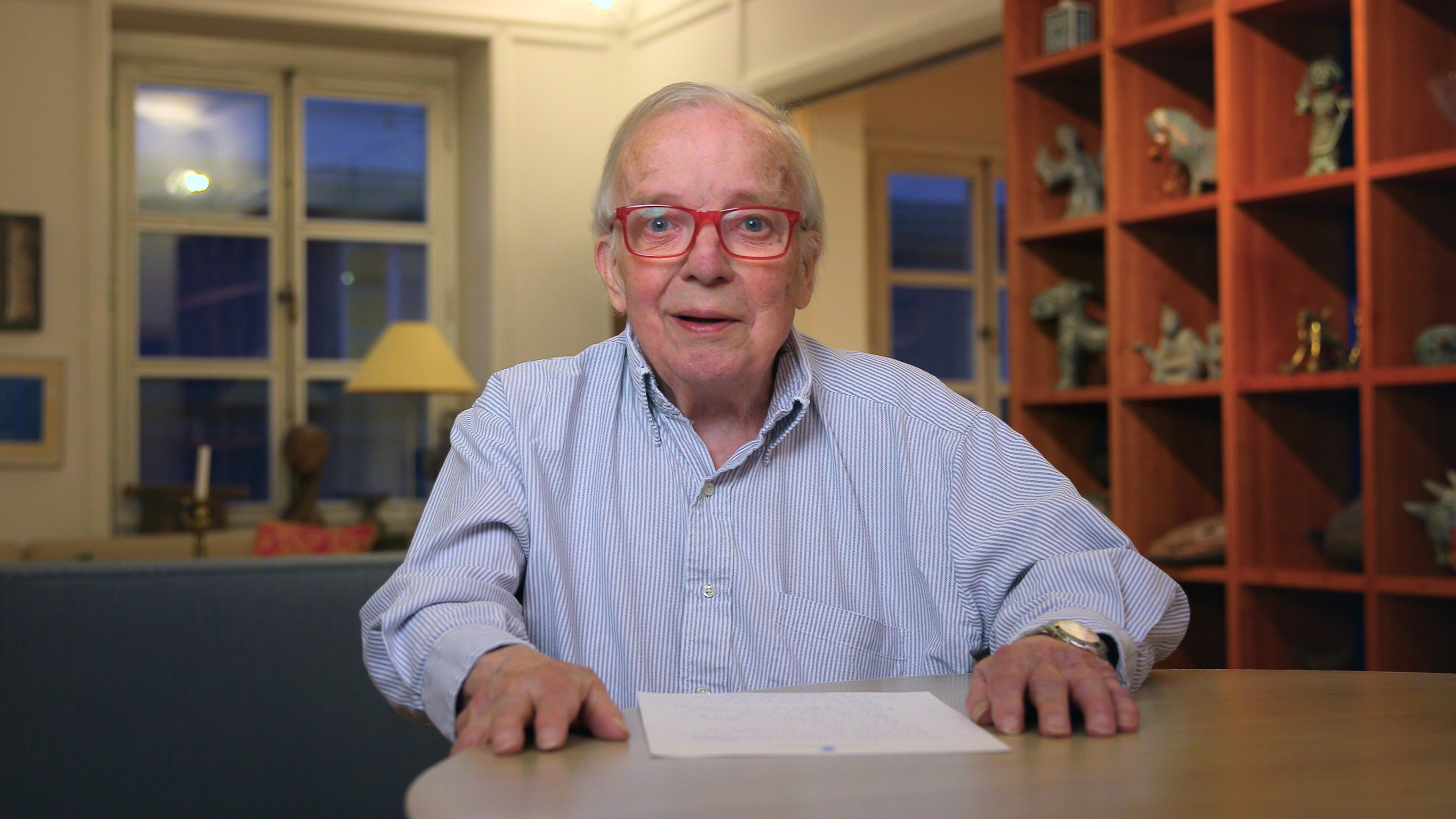Sixteen Latin American countries currently have a legal measure (parity or affirmative action) to try to increase the number of women nominated. However, the impact on women´s chances of getting elected to office is as of yet unverified. In 2014, seven Latin American countries held presidential and/or parliamentary elections: Costa Rica, Colombia, El Salvador, Panama, Bolivia, Brazil and Uruguay.
In Bolivia, which has the strongest-regulated parity legislation, 53,1 per cent of seats in the lower house of Parliament are held by women, but Colombia and Uruguay (who were first to implement a quotum) and Panama rose just a few percentage points, remaining below 20 per cent. Costa Rica, another parity pioneer, actually regressed with five percentage points. Although the regulated percentage is important -a well-designed measure-its compatibility with each electoral system and the political parties’ willingness to abandon minimalist interpretations in their implementation is also crucial.
In the new Cabinets that were sworn in, 40 per cent of Costa Rica’s ministers were women; that figure was between 30 percent and 39 per cent in Colombia, Bolivia and Chile; 23 per cent in El Salvador; and about 15 per cent in Brazil and Panama.
There is no systematic comparative information for the entire public administration system or the judiciary/electoral regulatory bodies - institutions where women rarely hold top posts. In-depth analysis is also required at other levels. In Peru, the only country that held municipal elections in 2014, 2.7 per cent of elected mayors were women; this is a persistent regional trend regarding access to public office.
Because of the need for more complex analysis and progress in the design of policies for parity, International IDEA, the UNDP and UN Women are launching “ATENEA,” a comprehensive monitoring system to be implemented in nineteen countries.


